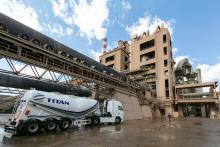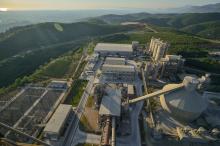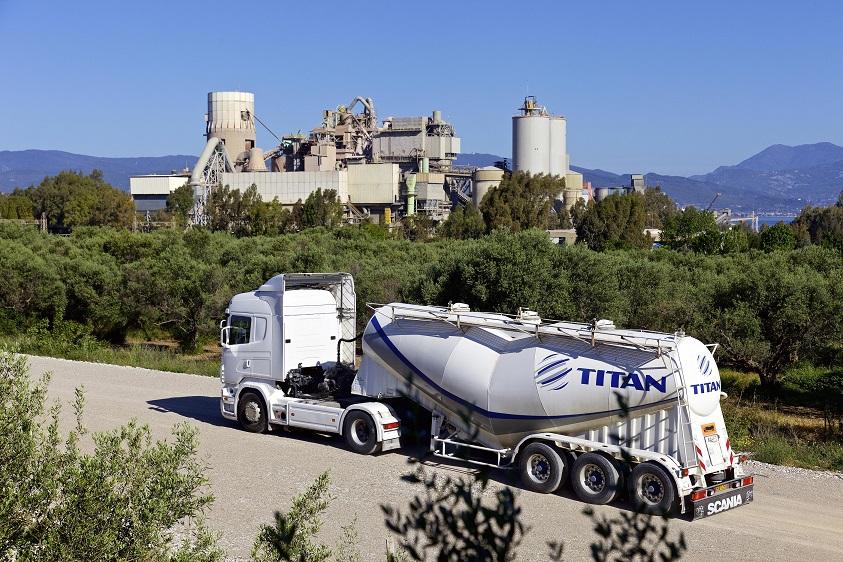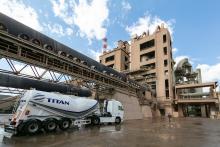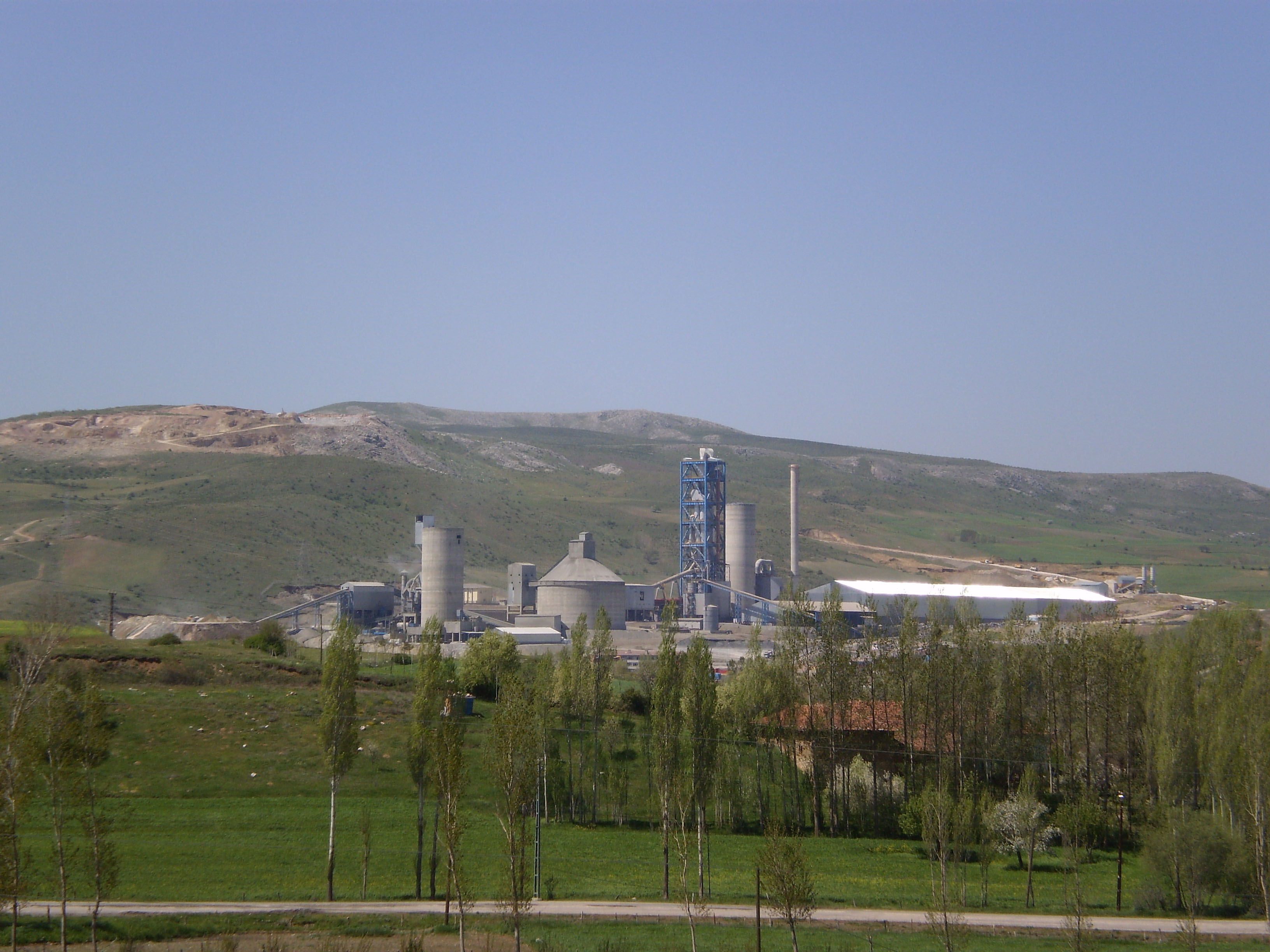
Group cement and clinker sales, including exports, increased by 11% supported by higher demand across most markets. Aggregates and ready-mix sales volumes increased by 4% and 5% respectively.
Consolidated revenue reached €821.1m, up 4.4% versus the first half of 2020, which Titan says reflects growing demand in most markets and a supportive pricing environment.
Top line growth was held back by weaker US$ and US$-linked currencies. In local currencies, growth was 11.7%. EBITDA reached €142.6m, up 4.2% (and +10.3% in local currencies), held back by the spike in energy costs and freight rates.
Net profit after taxes and minority interests more than doubled reaching €58.0m vs €22.4m aided by a significant decline in finance costs. Titan says that, to put those figures in context, it should be noted that - as most of the group’s countries of operation were not among those hard hit in the early days of the pandemic – its H1 2020 had been resilient and ahead of H1 2019.
Dimitri Papalexopoulos, chairman of the group's executive committee , commented: “Looking ahead we see continuing top line growth, with gains in both volumes and prices. In the short term, the spike in freight rates and energy costs is not allowing us to enjoy the kind of impact in margins which top line growth would imply.”
In terms of outlook, Titan states that construction activity has proved resilient to the challenging circumstances posed by COVID.
"With the worst of the global pandemic hopefully behind us, market fundamentals and the key drivers of demand are in place to support growth in 2021 and beyond," the company said in a statement.
In the US, housing and infrastructure spending should continue to drive demand growth. Titan America backlogs are strong and growing. At the same time, labour shortages, logistics bottlenecks and growing input costs are impacting the entire value chain.
In Greece, demand is also on a growth path, driven by the recovery in housing in the key urban centres along with the many peripheral infrastructure projects across the country. The Greek market pick-up has so far taken place without any volumes being yet absorbed by the major planned infrastructure projects. These are expected to enhance consumption levels towards the end of the year and into 2022, laying the foundations for growth in the years ahead.
In Southeastern Europe, momentum in the sector is set to continue. A mix of residential, private commercial/industrial as well as infrastructure projects provide the varying backdrop of demand across the different countries in our cluster of operations. Macroeconomic conditions remain supportive with investment flowing into the region.
In Egypt, the recently (as of 1st July) imposed production quotas by the authorities, applicable to all cement producers, aim to address the long-standing structural imbalance in the country. Titan says that, while it is too early to gauge their full impact, the more favourable demand-supply balance seems to be providing support for an improvement in prices. Coupled with improving macroeconomic prospects and recovering cement demand, this should lead to improved operating performance.
In Turkey, supportive government policies seem set to continue driving construction demand growth despite the precarious, state of the economy.
In Brazil, the National Union of Cement Industry expects that in 2021 cement demand will increase by 6% compared to 2020 levels with home renovations and new construction projects driving demand. Both consumer and construction confidence indices are increasing, reflective of both the activity in the residential housing market and public investment in infrastructure, generating good prospects for the industry into 2022.


